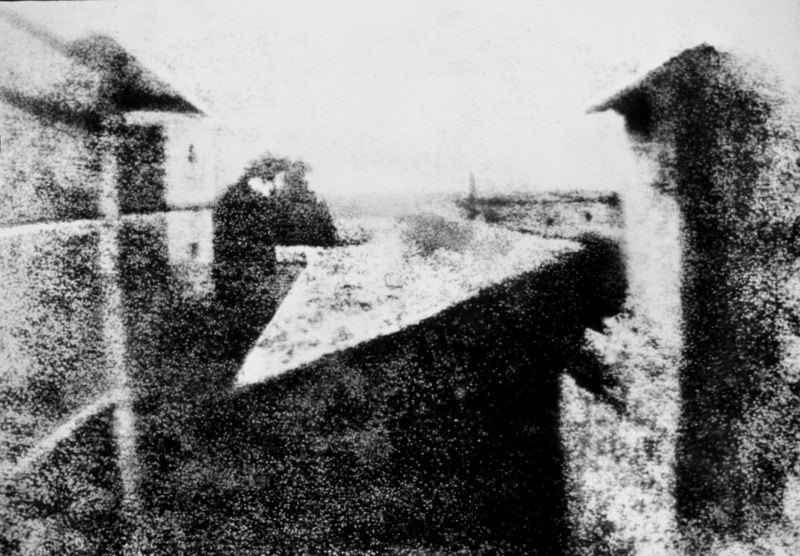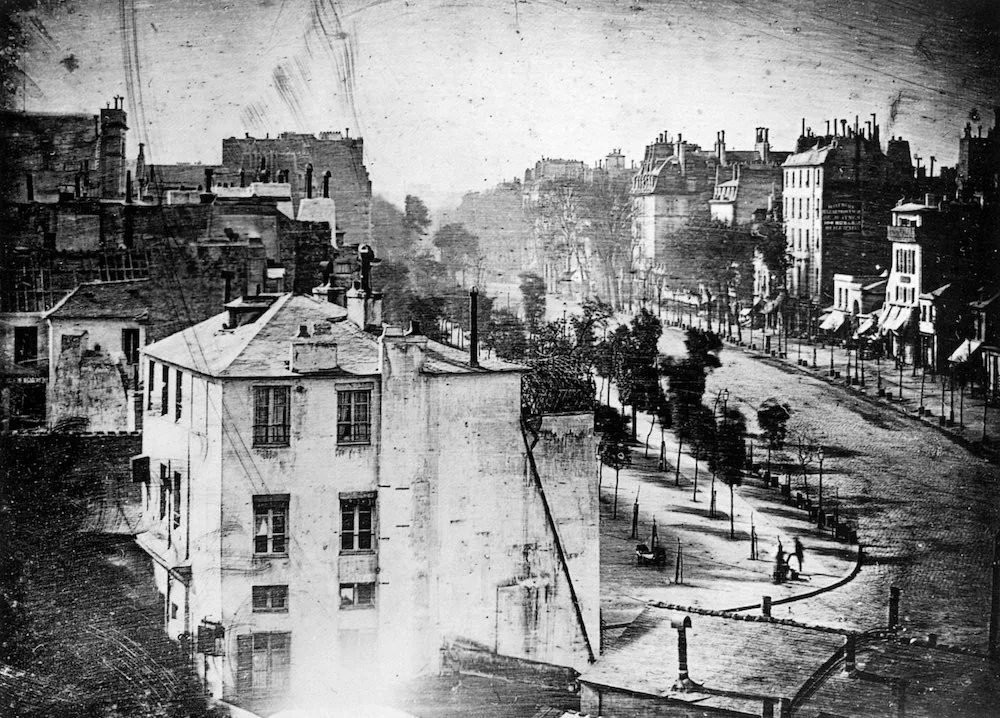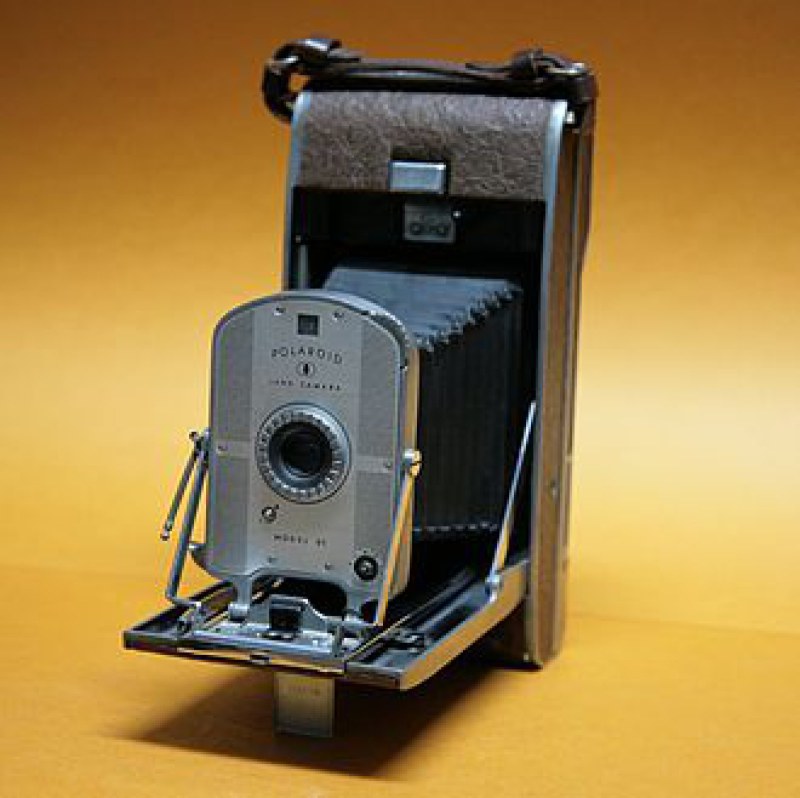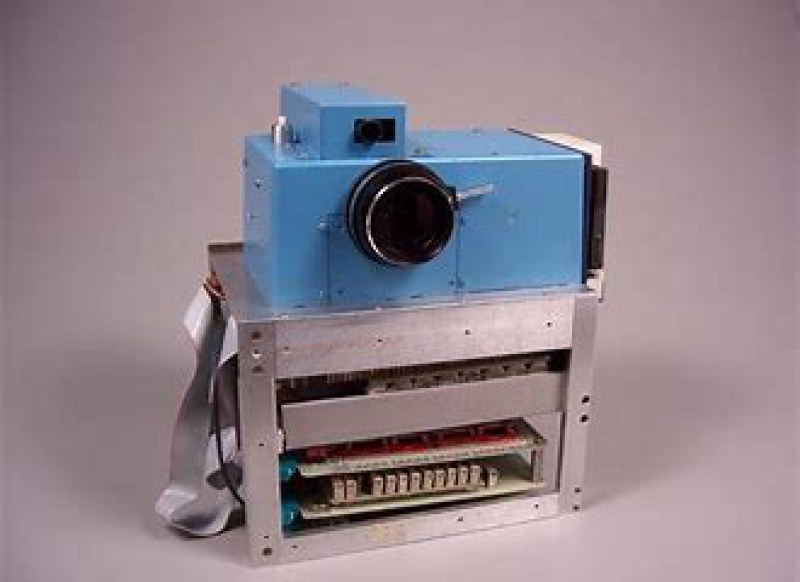As a blend of art and science, photography transcends mere imagery to preserve memories, evoke emotions, and document history. From its inception in the 19th century to today's digital age, photography has revolutionized how we perceive the world, serving as both a creative outlet and a tool for change. The birth of photography in 1839, with pioneers like Louis Daguerre and William Henry Fox Talbot, introduced the daguerreotype and calotype processes, transforming visual documentation. The late 19th century saw the rise of portable cameras like the Kodak Brownie, democratizing photography for the masses. The 20th century brought color film and SLRs, while the digital revolution of the 1990s made instant capture and sharing universal, reshaping accessibility and creativity.
Photography's versatility shines through its genres. Portrait photography reveals human essence, as seen in Steve McCurry's “Afghan Girl”. Landscape photography, epitomized by Ansel Adams, immortalizes nature's grandeur. Street photography, like Henri Cartier-Bresson's candid moments, captures urban life's spontaneity. Documentary and photojournalism, such as Nick Ut's Vietnam War imagery, drive social awareness, proving photos can spark global dialogue. While cameras, lenses, and lighting are foundational, composition — rule of thirds, leading lines — elevates a snapshot to art. Yet, technology is a conduit; the photographer's perspective breathes life into images. As Ansel Adams noted, “You don't take a photograph, you make it.”
Smartphones and social media have turned everyone into a photographer, fostering platforms, where visuals dominate. This democratization encourages creativity but risks oversaturation. Editing tools and AI push boundaries, enabling surreal edits yet raising ethical concerns over authenticity, such as deepfakes. Photography's power to influence is undeniable. Images like Dorothea Lange's Great Depression portraits or recent climate crisis visuals mobilize action. In an era of information overload, a single photo can cut through noise, driving empathy and policy shifts.
Photography's essence lies in its ability to freeze time, tell stories, and connect humanity. As technology advances — with AI, virtual reality, and beyond — the core remains unchanged: a quest to capture truth and beauty. Whether through a lens or a smartphone, photography endures as a testament to human experience, forever evolving yet eternally poignant. In every click, we don't just capture light; we shape perspectives, one frame at a time.
Als een mix van kunst en wetenschap overstijgt fotografie louter beelden om herinneringen te bewaren, emoties op te roepen en geschiedenis te documenteren. Vanaf het begin in de 19e eeuw tot het digitale tijdperk van vandaag heeft fotografie een revolutie teweeggebracht in de manier waarop we de wereld waarnemen, en dient het als zowel een creatieve uitlaatklep als een instrument voor verandering. De geboorte van de fotografie in 1839, met pioniers als Louis Daguerre en William Henry Fox Talbot, introduceerde de daguerreotypie- en calotypieprocessen, die de visuele documentatie transformeerden. Aan het einde van de 19e eeuw kwamen draagbare camera's zoals de Kodak Brownie op, waardoor fotografie voor de massa werd gedemocratiseerd. De 20e eeuw bracht kleurenfilm en spiegelreflexcamera's, terwijl de digitale revolutie van de jaren 1990 het direct vastleggen en delen universeel maakte, waardoor toegankelijkheid en creativiteit een nieuwe vorm kregen.
De veelzijdigheid van fotografie komt tot uiting in de genres. Portretfotografie onthult de menselijke essentie, zoals te zien is in Steve McCurry's "Afghan Girl". Landschapsfotografie, belichaamd door Ansel Adams, vereeuwigt de grootsheid van de natuur. Straatfotografie legt, net als de openhartige momenten van Henri Cartier-Bresson, de spontaniteit van het stadsleven vast. Documentaires en fotojournalistiek, zoals de beelden van Nick Ut over de Vietnamoorlog, stimuleren het maatschappelijk bewustzijn en bewijzen dat foto's een wereldwijde dialoog op gang kunnen brengen. Hoewel camera's, lenzen en belichting fundamenteel zijn, verheft compositie - regel van derden, leidende lijnen - een momentopname tot kunst. Toch is technologie een doorgeefluik; Het perspectief van de fotograaf brengt beelden tot leven. Zoals Ansel Adams opmerkte: "Je neemt geen foto, je maakt hem."
Smartphones en sociale media hebben van iedereen een fotograaf gemaakt en platforms bevorderd waar visuals domineren. Deze democratisering moedigt creativiteit aan, maar riskeert oververzadiging. Bewerkingstools en AI verleggen grenzen, maken surrealistische bewerkingen mogelijk en roepen ethische zorgen op over authenticiteit, zoals deepfakes. De invloed van fotografie valt niet te ontkennen. Beelden zoals de portretten van Dorothea Lange over de Grote Depressie of recente beelden van de klimaatcrisis zetten aan tot actie. In een tijdperk van informatie-overload kan een enkele foto door ruis heen snijden, empathie en beleidsverschuivingen stimuleren.
De essentie van fotografie ligt in het vermogen om de tijd te bevriezen, verhalen te vertellen en de mensheid te verbinden. Naarmate de technologie vordert - met AI, virtual reality en nog veel meer - blijft de kern ongewijzigd: een zoektocht om waarheid en schoonheid vast te leggen. Of het nu door een lens of een smartphone is, fotografie blijft bestaan als een bewijs van de menselijke ervaring, voor altijd evoluerend en toch eeuwig aangrijpend. Bij elke klik vangen we niet alleen licht op; We geven vorm aan perspectieven, frame per frame.
作为艺术与科学的融合,摄影超越了单纯的图像,以保存记忆、唤起情感并记录历史。从 19 世纪诞生到今天的数字时代,摄影彻底改变了我们看待世界的方式,既是创意的出口,也是变革的工具。摄影术诞生于 1839 年,路易·达盖尔 (Louis Daguerre) 和威廉·亨利·福克斯·塔尔博特 (William Henry Fox Talbot) 等先驱引入了银版照相法和卡罗照相法工艺,改变了视觉记录。19 世纪后期,柯达 Brownie 等便携式相机的兴起,使大众摄影大众化。20 世纪带来了彩色胶片和 SLR,而 1990 年代的数字革命使即时拍摄和共享变得普遍,重塑了可访问性和创造力。
摄影的多功能性在其流派中大放异彩。肖像摄影揭示了人的本质,正如史蒂夫·麦柯里 (Steve McCurry) 的《阿富汗女孩》(Afghan Girl) 中所见。以 Ansel Adams 为代表的风景摄影使大自然的壮丽永垂不朽。街头摄影,就像亨利·卡蒂埃-布列松 (Henri Cartier-Bresson) 的坦率时刻一样,捕捉了城市生活的自发性。纪实和新闻摄影,例如 Nick Ut 的越南战争图像,可以提高社会意识,证明照片可以引发全球对话。虽然相机、镜头和照明是基础,但构图(三分法、引导线)将快照提升为艺术。然而,技术是一个渠道;摄影师的视角为图像注入了活力。正如 Ansel Adams 所指出的,“你不拍照片,你自己拍它。
智能手机和社交媒体已经将每个人都变成了摄影师,培育了视觉效果占主导地位的平台。这种民主化鼓励了创造力,但也有过度饱和的风险。编辑工具和 AI 突破了界限,实现了超现实的编辑,但引发了对真实性的道德担忧,例如 deepfakes。摄影的影响力是不可否认的。多萝西娅·兰格 (Dorothea Lange) 的大萧条肖像或最近的气候危机视觉效果等图像可以动员人们采取行动。在信息过载的时代,一张照片可以消除噪音,推动同理心和政策转变。
摄影的本质在于它能够冻结时间、讲述故事和连接人类。随着技术的进步,包括 AI、虚拟现实等,其核心保持不变:追求真理和美。无论是通过镜头还是智能手机,摄影都是人类体验的证明,永恒发展,但永恒凄美。在每一次点击中,我们不仅仅是捕捉光线;我们塑造视角,一次一帧。






